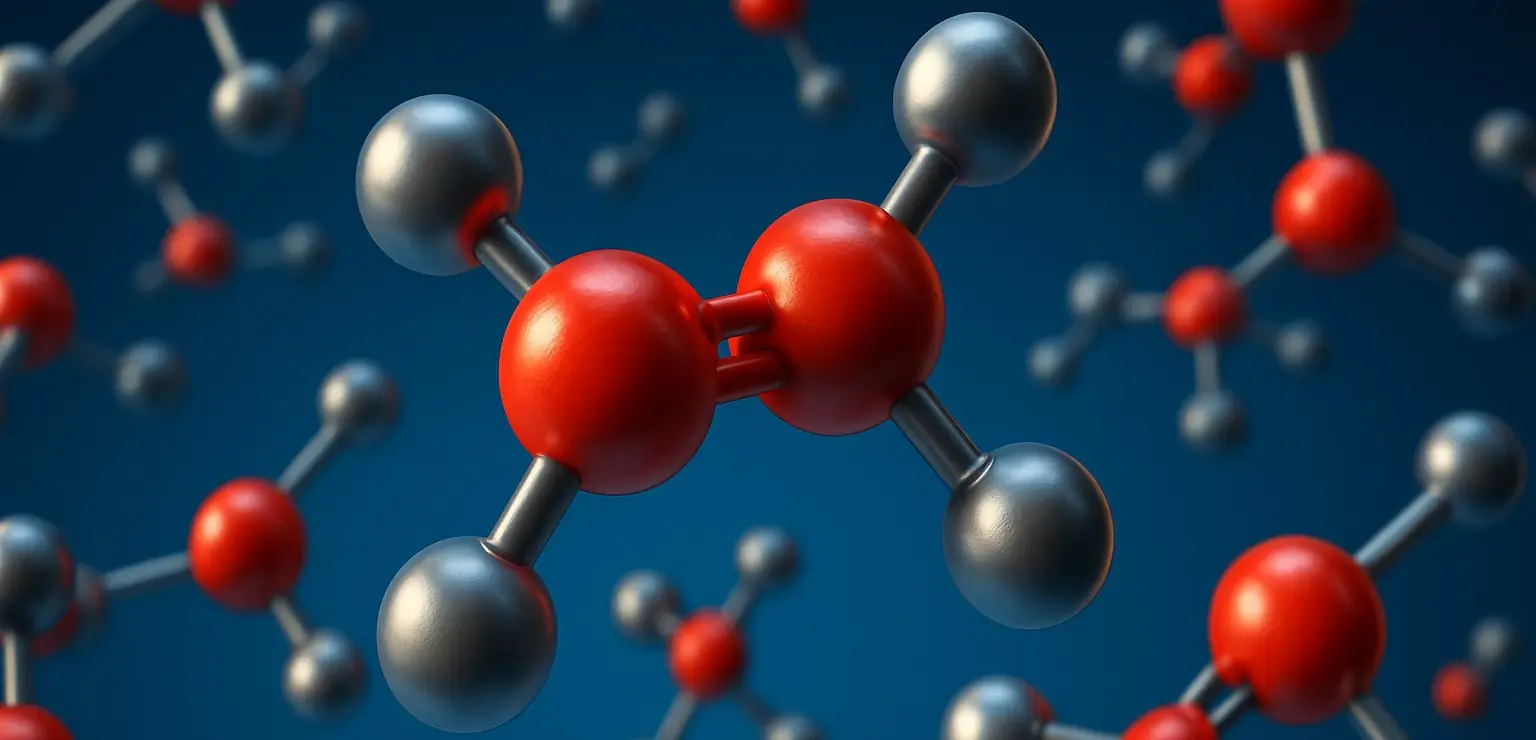- Alkenes are unsaturated hydrocarbons characterized by the presence of at least one carbon-carbon double bond (C=C), giving them distinct properties and reactivity patterns compared to their saturated counterparts, the alkanes.
- Their general formula is CnH2n, indicating they have fewer hydrogen atoms relative to alkanes.
- This section delves into the nomenclature, physical and chemical properties, and the various applications of alkenes.
Nomenclature of Alkenes
- The naming of alkenes follows the International Union of Pure and Applied Chemistry (IUPAC) guidelines, with specific steps to ensure accurate identification and nomenclature:
- Identify the Longest Chain: Find the longest carbon chain that includes the double bond.
- Prefix Assignment: Use the same numerical prefixes as alkanes to indicate the number of carbons in the main chain.
- Suffix Change: Replace “-ane” with “-ene” to denote the presence of a double bond.
- Numbering: Number the chain from the end nearest to the double bond, assigning the lowest possible number to the double bond.
- Substituents: Name and number any branches or substituents as in alkanes, placing them before the main chain name.
- Full Name Construction: Assemble the name by combining the substituent names, numbers, and the alkene base name.
Physical Properties of Alkenes
- Molecular Size and Mass: Increase with more carbon atoms.
- Boiling and Melting Points: Generally, increase with molecular size, though slightly lower than alkanes of similar size due to the electron distribution around the double bond.
- Density: Increases with molecular mass but remains under 1 g/cm³, indicating alkenes are lighter than water.
- Solubility: Alkenes do not dissolve in polar solvents like water but are soluble in nonpolar solvents (e.g., hexane, benzene).
Chemical Properties
- Reactivity: The presence of the C=C double bond makes alkenes more reactive than alkanes.
- Addition Reactions: The double bond can open up to add atoms or groups across it, including hydrogenation, halogenation, hydration, and hydrohalogenation processes.
- Polymerization: Alkenes can link into long chains or polymers, a reaction exploited in the production of many commercial polymers.
Applications of Alkenes
- Plastics Production: Serving as precursors for polyethylene, polypropylene, and PVC.
- Organic Synthesis: Intermediate in creating alcohols, aldehydes, and acids.
- Detergents and Surfactants: Conversion into fatty acids for detergent manufacturing.
- Fuel Additives: Enhancing gasoline octane ratings and engine performance.
- Synthetic Rubber Production: Butadiene and isoprene are used in making various types of synthetic rubber, crucial for the automotive and manufacturing industries.
Click Here to Watch the Best Pharma Videos

